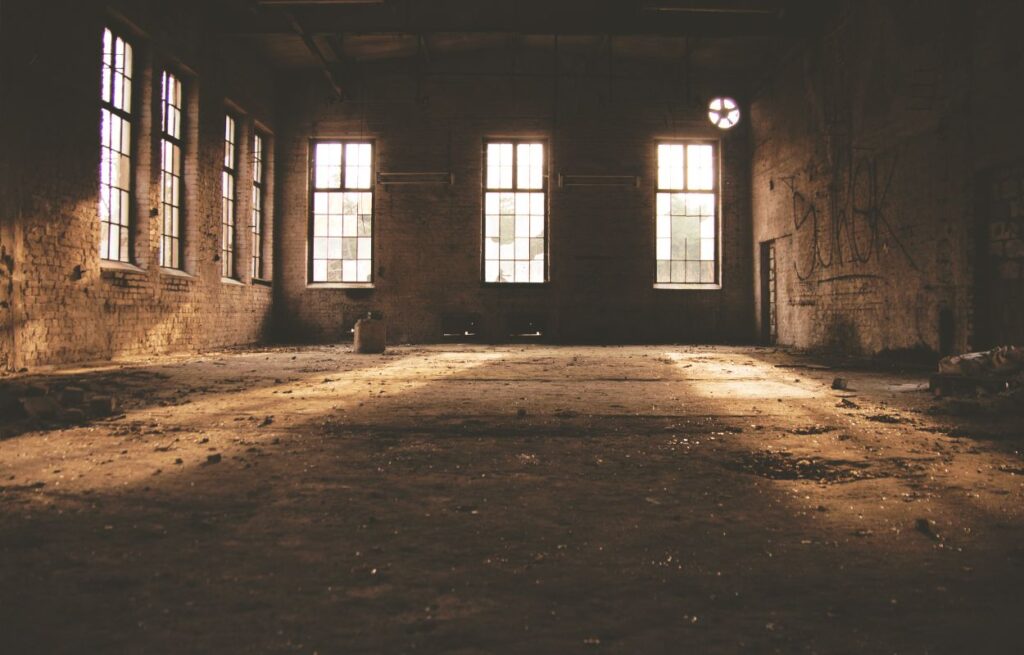Lead exposure is one of those hidden dangers that many homeowners don’t think about—until it becomes a problem. It’s silent, invisible, and often tucked away in the very materials that make up our homes and buildings. If you’re living in an older home or considering buying one, understanding the common sources of lead contamination is crucial. The good news? Once you know what to look for, you can take the right steps to keep your family safe.
Let’s break down the places where lead can hide and what you can do about it.
OLD PAINT IS STILL A BIG PROBLEM
The most well-known source of lead in homes is old paint. If your home was built before 1978, there’s a good chance it has lead-based paint somewhere inside or outside. Even if it’s been painted over, those older layers could still pose a risk—especially if the paint is chipping, cracking, or peeling.
Kids are particularly vulnerable. They might touch or even chew on windowsills or door frames with old paint. Once the lead dust gets on their hands and into their mouths, it can cause serious health issues. Adults can be affected too, especially during renovation projects that disturb the paint and release lead dust into the air.
PLUMBING THAT’S PAST ITS PRIME
Another sneaky source of lead? Your plumbing. In older homes, lead was often used in water service lines, solder, and fixtures. Even if your house has newer pipes, water can still become contaminated if it travels through older municipal lines or if those old solder joints haven’t been replaced.
Lead in drinking water is a slow, quiet hazard. You can’t see it, taste it, or smell it. But over time, it can build up in your body and lead to serious health problems, especially for young children and pregnant women.
SOIL AROUND THE HOME CAN HIDE LEAD TOO
Soil contamination is often overlooked. Years of leaded gasoline, peeling exterior paint, or nearby industrial activity can leave lead particles in the ground. That soil doesn’t just stay outside either—it can be tracked indoors on shoes, pets, and even by the wind.
If you’re someone who loves gardening or has kids playing in the yard, this is something to be especially cautious about. You could be growing veggies in soil that’s full of lead and not even know it. That’s why it’s a good idea to test your soil, especially around the perimeter of older homes.
OLD WINDOWS AND DOORS CAN BE DUST TRAPS
Windows and doors that have been painted with lead-based paint don’t just pose a risk when the paint chips. Every time they open and close, they create friction—and that friction can release lead dust into the air. This dust can settle on floors, window sills, and other surfaces.
It doesn’t take much to create a problem. Even tiny amounts of lead dust can be dangerous, especially if it’s getting onto your hands, clothes, or into the air your family breathes.
HOUSEHOLD ITEMS YOU’D NEVER SUSPECT
It might surprise you to know that lead can also show up in everyday items. Imported toys, jewelry, pottery, and even some cosmetics have been found to contain lead. While regulations are stricter now, not all products are tested before they hit the shelves—especially items imported from countries with less strict safety standards.
If you have older or antique furniture, dishware, or collectibles, they could also contain lead in the paint or glaze. These items might seem harmless, but if used every day, they can become a real source of exposure.
RENOVATION PROJECTS CAN STIR UP HIDDEN DANGERS
Home renovations are exciting, but they can also uncover and disturb lead without warning. Sanding old paint, knocking down walls, or replacing windows can send lead particles flying into the air. If proper precautions aren’t taken, that dust can spread quickly throughout the entire house.
This is why it’s so important to hire professionals who understand the risks. Companies that specialize in lead abatement in Port Alberni know how to manage these materials safely. They use tools and techniques that minimize dust and ensure your home stays safe during and after the job.
CEILINGS AND FLOORS MIGHT BE HIDING CONTAMINANTS
It’s easy to forget about the ceilings and floors when thinking about lead. But acoustic ceiling tiles and floor varnishes in older homes can also contain lead. If these materials start to deteriorate, or if you’re sanding and refinishing floors, lead dust can become airborne fast.
Even routine cleaning like sweeping or vacuuming can spread lead dust if it’s already present. That’s why using a HEPA vacuum and damp-mopping regularly is a safer way to clean older homes.
GARAGES AND SHEDS AREN’T ALWAYS SAFE
Detached buildings like garages and sheds are often overlooked, but they can also contain lead-based paint or contaminated dust—especially if they were built several decades ago. If you’re working on cars, using power tools, or storing old paint or fuel, you could stir up lead particles without realizing it.
It’s a good idea to wear gloves and a mask when cleaning or renovating these areas, just to be safe. And if you find signs of old paint or questionable building materials, it might be time to call in the pros.
HOW TO PROTECT YOUR FAMILY
So now that you know where lead contamination can come from, what can you actually do about it?
Start with testing. You can buy home lead test kits at most hardware stores, or hire a professional for more thorough results. Test your paint, water, soil, and even some of your older household items if you’re concerned.
If you find lead in your home, don’t panic. But don’t ignore it either. Reach out to a certified expert in lead abatement in Port Alberni. They can safely remove or contain the source of contamination and help you come up with a plan to protect your family.
Even small changes can make a big difference. Regular cleaning with the right tools, replacing old fixtures, and sealing or repainting lead-painted surfaces can help reduce exposure.
STAY SAFE AND INFORMED
Lead isn’t something to mess around with, but it’s also not something you have to fear—if you stay informed. Knowing the common sources of contamination is the first step. From there, it’s all about staying alert, asking the right questions, and making smart decisions.
Whether you’re living in an older home, planning a renovation, or just want to make sure your space is safe, it never hurts to get a professional opinion. The more you know, the better you can protect the people who matter most.
And remember: the risks are real, but they’re manageable. With the right support and a little bit of knowledge, your home can be a safe, healthy place to live for years to come.



